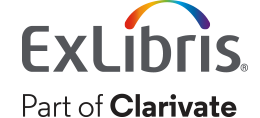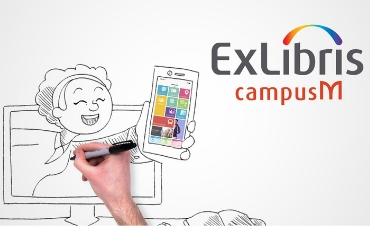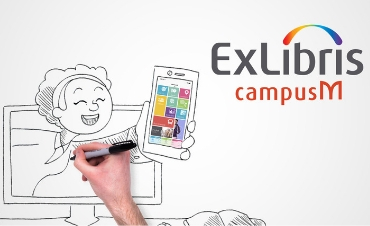Matthew Sherlock, Ex Libris
If you have read my previous blog posts, you have probably noticed that I talk a lot about the importance of student engagement for Higher Education Institutions. Whether it’s using new modes of learning or delivering personalized services, the more engaged a student is with their university, the more likely it is that they are going to succeed in their studies.
The question, then, is what measures can an institution use in order to establish if their students are engaged? What are indicators of engagement levels, and how can this type of data be leveraged by administrators and lecturers to give students the best chance of success?

Class attendance allows for interactions with peers and lecturers that simply can’t happen elsewhere. ![]()
The Importance of Class Attendance
It might seem obvious that one of the indicators of student engagement is whether students are actually attending class, but it is more complex than simply saying that attendance makes a positive difference. Class attendance allows for interactions with peers and lecturers that simply can’t happen elsewhere. Learners in a classroom are able to ask questions and discuss concepts that accessing recorded lectures doesn’t permit.
There are other reasons that class attendance matters. Many countries have legal regulations related to reporting student attendance, while some courses of study require evidence that a certain number of teaching hours have been completed for the student to graduate. In addition, if institutions know how their teaching space is being used, they can make important strategic decisions regarding resource allocation or new space development.
Attendance Tracking Solutions: A Comparison
Of course, many institutions across the globe are already gathering attendance data using a variety of different solutions, and while this is useful, the more automated of these solutions tend to be expensive to install and difficult to maintain, with a heavy administrative overhead.
The main solutions at the moment involve either a lecturer taking attendance manually, students swiping ID cards, using student biometrics, or implementing a dedicated attendance app. Each has its own advantages and disadvantages.
In a large first-year lecture with 500 students waiting to be taught, swiping ID cards can cause long lines at the entrance as dozens of students wait to get in. Requiring a lecturer to take attendance for that many students is both time consuming and error prone. On the other hand, biometrics applications are expensive while a separate app will have cost implications as well as require dedicated administration.

Our First Attendance Solution: iBeacons
At campusM we have spent considerable time developing an optimal attendance solution. Our first iteration used micro-location technology and we saw phenomenal adoption, with over 1 million class check-ins from our pilot institutions in a single semester. However, this solution required iBeacons to be installed in each lecture space, as well configuration, maintenance, and monitoring of each iBeacon. The more we used iBeacons, the more we realized that we needed to further simplify the process.
campusM Attendance: A Simpler Solution
With this in mind, we have been developing a second version of our attendance solution which empowers students to register their own attendance with minimal classroom disruption, allowing lecturers to get on with the important job of teaching.
The key to the solution is its simplicity. The new campusM attendance solution is built into the heart of the campusM app platform, so that it pulls course timetables, student records, and map data together. There is no need for additional hardware, which means that not only is this solution cost-effective, but it can be rolled out to specific groups or a whole campus in almost no time at all, with little administrative support.
In addition, the new campusM Attendance solution offers reliable multi-factor validation and provides meaningful analytics to allow institutions to fine-tune their offerings as they see fit.
Working with our development partners over the last few months, it has been great to see just how quickly the solution has been deployed and how easy it has been for students, lecturers, and administrators to use. Our ethos throughout was to simplify classroom attendance and with campusM Attendance we have done just that.
You can find out more on our campusM Attendance web page or watch a campusM Attendance overview video or feature video.
November 1, 2018






